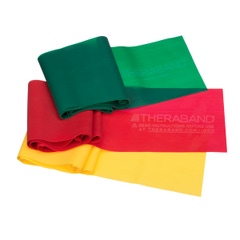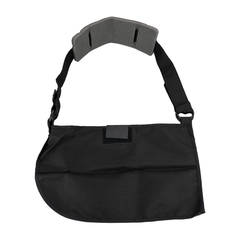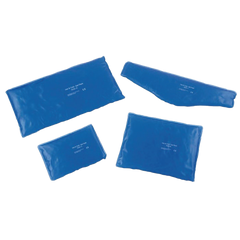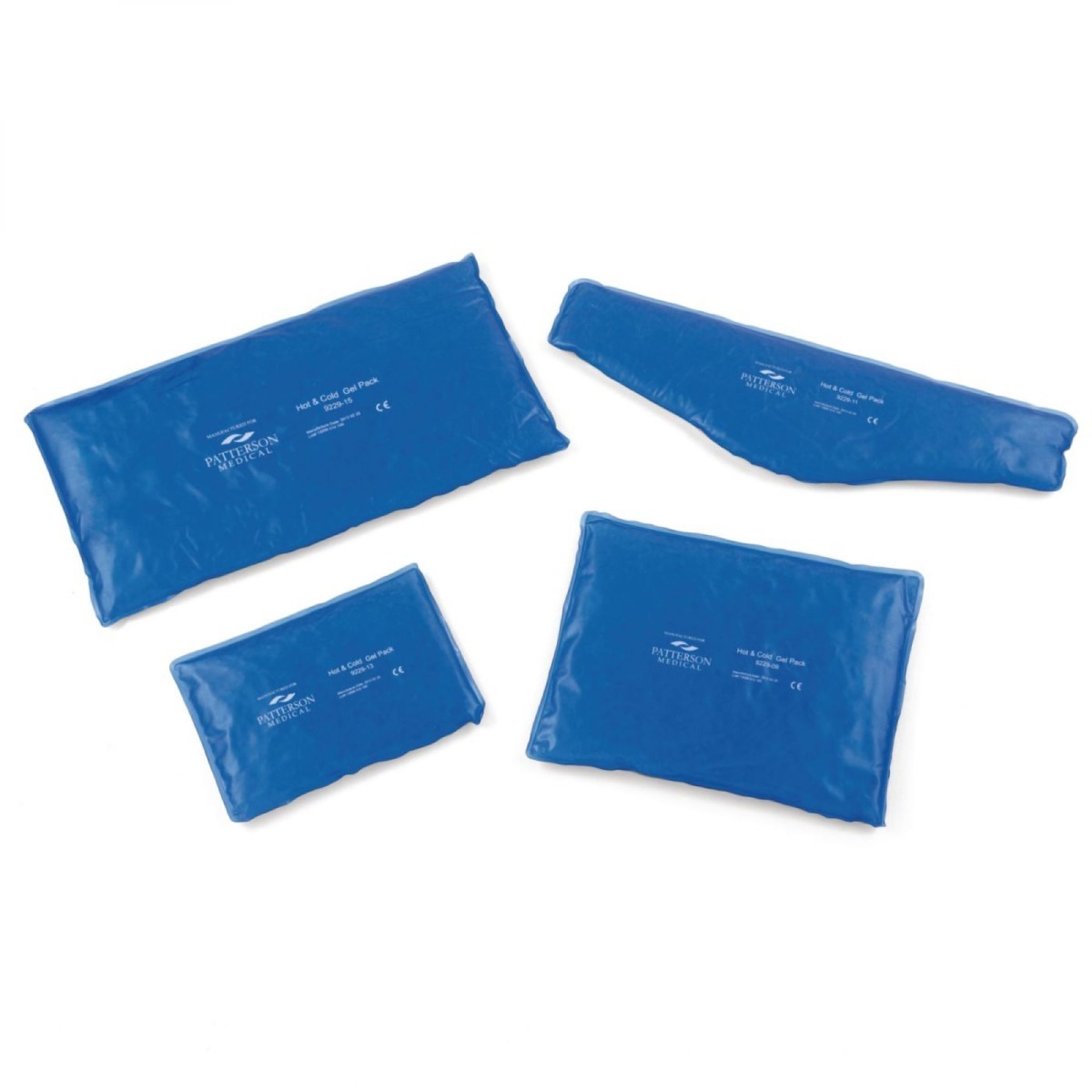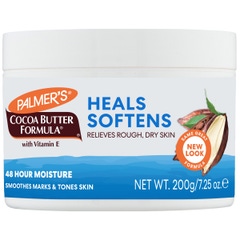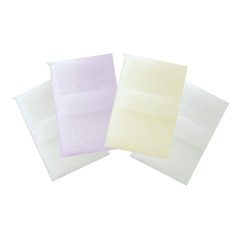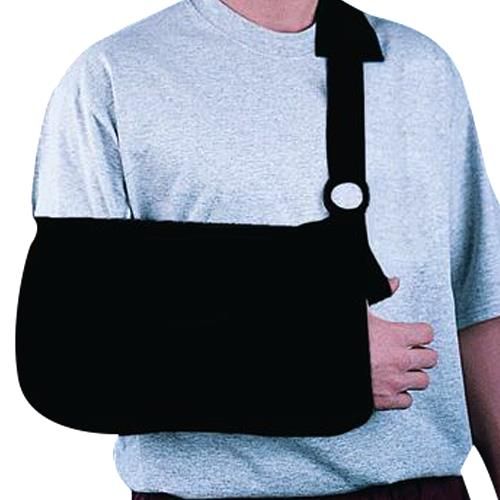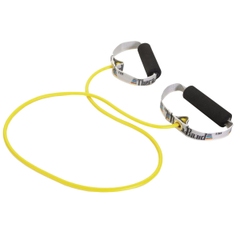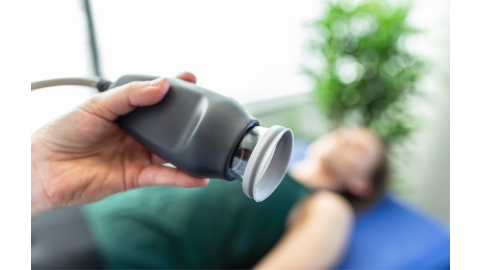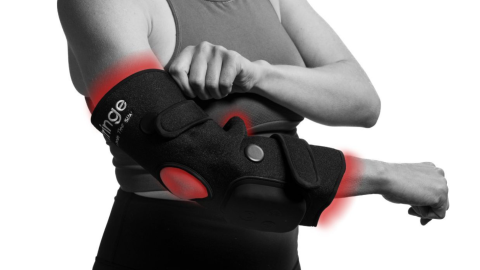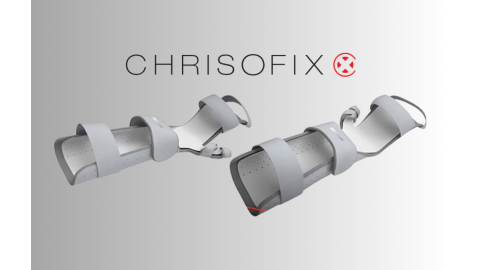It is not unusual for joints to feel stiff and swollen immediately after plaster removal. After the cast has been removed, the limb will still require some time to complete the healing process and return to normal function.
Physical and occupational therapists have the tools and exercises patients need in the clinic to regain strength and mobility after a fracture, but proper healing happens when those exercises continue at home. Share this recovery guide with your patients to teach them about post-fracture care and rehabilitation tips they can perform at home!
Key Takeaways
- After a cast is removed, you might experience limited mobility, stiffness, or swelling in your arm, hand, or wrist.
- It’s important to adhere to the exercises for fractures as recommended by a physical or occupational therapist to properly regain muscle strength.
- With the option to use resistance bands or therapy putty, here are 8 exercises to ensure your arm function is fully restored!
- Looking for exercises after lower extremity cast removal/ankle or leg cast removal? Read more here!
Top Products in This Article
Patient Care Guide After Cast Removal
What happens after my cast is removed?
How long will therapy last?
8 Exercises to Help Regain Muscle Strength
Conclusion
What happens after my cast is removed?
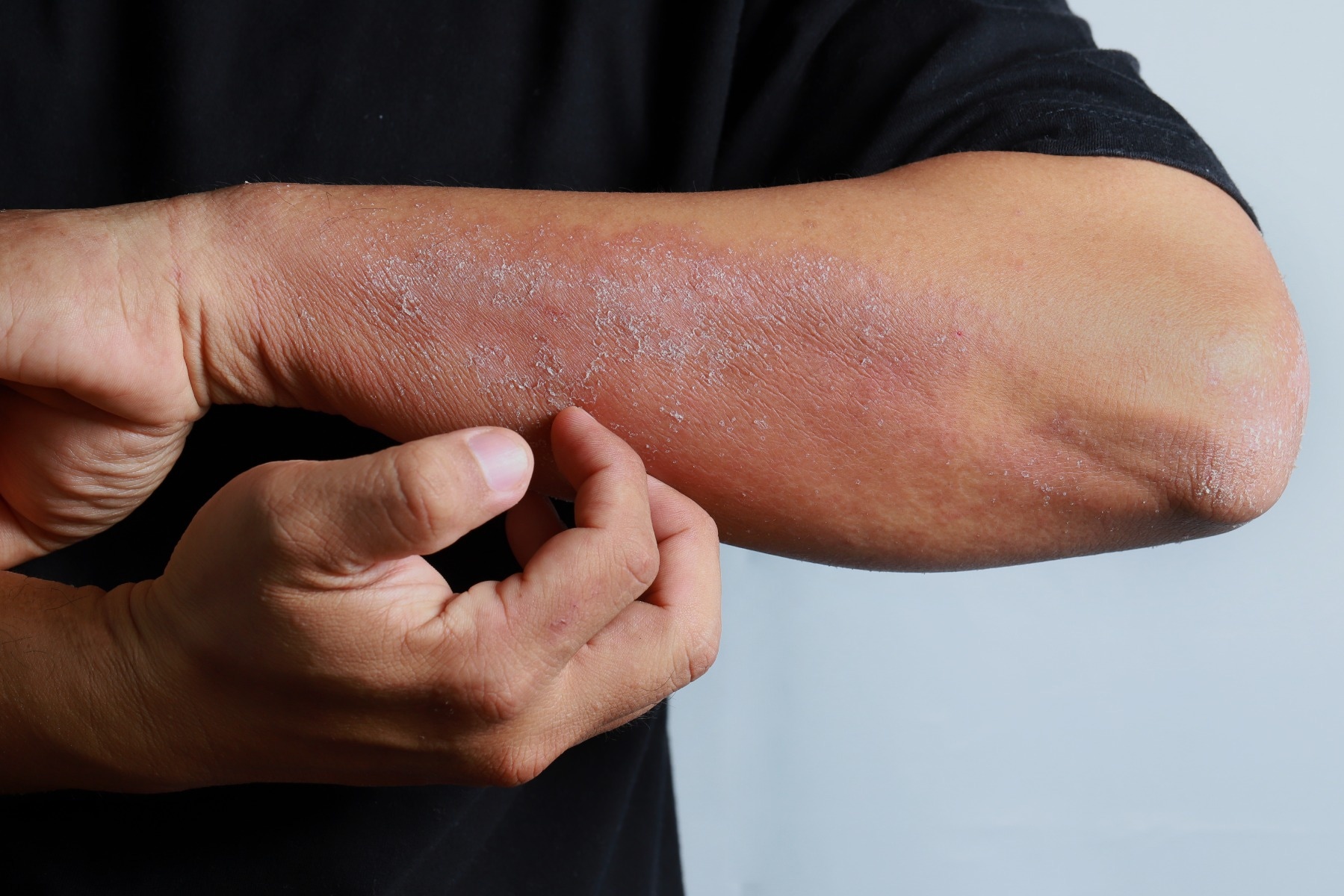
- Your joints will feel stiff and swollen.
When the cast is removed, you may experience pain, swelling, and stiffness of the joint. Cold packs can be used to help improve circulation and reduce inflammation. Use the cold pack for 5-10 minutes over the affected area. You can also use non-steroid anti-inflammatory drugs (NSAIDs), such as ibuprofen, to manage pain and inflammation. NSAIDs may cause mild side effects and should be taken as directed.
- Your skin will be dry and flaky.
After your cast comes off, soak your arm in soap and water to remove dry skin. Place your arm in warm water for about 5-10 minutes and gently rub off the dry skin with a towel. This can then be followed by using a moisturizing lotion to help soften the skin or paraffin moist heat therapy to speed healing and help stop itching.
- You might require a sling.
For upper extremity casts and splints, a sling provides elevation to reduce swelling and support for additional comfort. Remove the sling three to four times each day to perform shoulder and elbow range-of-motion (ROM) exercises to help prevent excessive stiffness and loss of function, as directed by your occupational or physical therapist. It can also be removed at night and at rest if you feel comfortable.
- You will notice muscle atrophy.
While your arm was in a cast, the lack of mobility can result in muscle atrophy. Occupational or physical therapy for wrist or arm injuries is essential to the recovery process. It is designed to help restore the function of your upper extremities along with strengthening and retraining the surrounding muscle groups.
Some of the goals of therapy include:
- Learn a range of motion exercises for the fingers, wrist, and forearm
- Decrease swelling and/or scarring with gentle manipulation
- Increase wrist and hand ROM and restore pinch and grip strength
How long will therapy last?
Your body’s natural healing process works to join the two broken bone portions back together using cartilage and fibrous cells. The wrist and arm should be functional for most activity by 8 to 10 weeks after surgery. After about 3 to 6 months, most patients can resume heavier wrist or arm activity and sports.
It is important that you start arm and wrist exercises after cast removal as soon as possible. If you avoid strength training with a physical therapist or at-home arm and wrist injury exercises, it can leave you with damaged muscles. By exercising and regaining normal movements, the feeling of stiffness and pain will gradually subside. Your therapist might require you to do exercises 3-5 times a day.
8 Exercises to Help Regain Muscle Strength
As you get started with therapy, incorporate these 8 exercises in your strengthening regimen!
Some of the exercises might require the use of therapy putty and resistance bands/tubing. These products can help make exercise more challenging. The color progression system allows you to visually recognize improvement and track your progress as your strength increases. As the exercise you are performing becomes easier, move to the next color.
Wrist Supination/Pronation
- Sit in a chair and rest your forearm on a table.
- Turn your palm up and down without moving your elbow.
- Hold each position for five seconds. Return to starting position.
Forearm Flexor Stretch
You can either stand tall or sit in a chair for this exercise.
- Straighten your arm out in front of you.
- Pull your fingers back using your other hand. The crease of your elbow should be facing towards the ceiling and fingers pointing down.
- Hold for 10 seconds. Return to starting position.
Hammer Curls
You can either stand tall or sit in a chair for this exercise.
- Keeping your arms tight against your sides, bend your elbows with your thumbs pointing up and your palms facing each other.
- Bring your hands up towards the shoulders and return to starting position.
Putty Flexion Squeeze
- Form the putty into a ball and place it in the palm of your hand facing upright.
- Dig the fingers into the putty until they press through the palm of the hand and form a fully clenched fist.
- Release the fingers, roll the putty over to reshape and repeat 10 times before switching hands.
Scaptions
- Stand with your feet under your shoulders.
- Raise your arms up and to the sides at a 45-degree angle.
- Pause before slowly lowering your arms to the starting position.
You can also use a resistance band during this movement. Grab a resistance band, loop it under your feet, and hold it in each hand, with your arms at your sides.
Wall Push-Ups
- Bend your elbow and begin to lean your body toward the wall.
- Make sure to keep your back straight. Try to keep your body weight evenly distributed instead of leaning to the side you are pushing from.
- Hold for 10 seconds and push back to the starting position.
Internal Rotation
- Holding on to a resistance band or tubing, rotate your upper arm toward your body without moving your elbow forward or backward.
- Hold for 10 seconds before returning to starting position.
External Rotation
- Holding on to a resistance band or tubing, rotate your upper arm away from your body without moving your elbow forward or backward.
- Hold for 10 seconds before returning to starting position.
After physical therapy for wrist and arm injuries, apply ice with compression for 15 – 20 minutes to help prevent inflammation and soreness. High impact, contact sports should be avoided for a minimum of 4 to 6 weeks after removal of the cast.
Conclusion
After the cast is removed, remember:
- It is common for the limb to be weak or stiff after cast removal. This should improve as you safely return to normal activities.
- The bone is still healing so you should take it easy and be gentle with your upper extremities.
- Sometimes physical or occupational therapy is needed to help you recover. It involves exercises to improve muscle strength and joint mobility.
When performing arm and wrist exercises after cast removal, keep in mind that every fracture or broken bone is different. Be sure to follow the directions from your therapist carefully in order to recover safely. And if you have any pain for an extended period of time after the cast has been removed, talk to your doctor.
References
- Anonymous. (2021). Trauma: After a Cast (Arm). Montreal Children’s Hospital. Retrieved from https://bit.ly/3u2FCRC
- Anzilotti, Amy W. (2019). What to Expect When Your Cast Comes Off. Rady’s Children Hospital. Retrieved from https://bit.ly/3MkHhvI
- Illiades, Chris. (2019). Facts About Broken Wrist Recovery. Health Grades. Retrieved from https://bit.ly/3vCRqKT
- Grande, Anthony. (2017). Regaining Strength: How a Broken Arm Affects Movement and Muscles. Focus Physiotherapy. Retrieved from https://bit.ly/3f8tl8f
Medical Disclaimer: The information provided on this site, including text, graphics, images, and other material are for informational purposes only and are not intended to substitute for professional medical advice, diagnosis, or treatment. Always seek the advice of your physician or other healthcare professional with any questions or concerns you may have regarding your condition.








 France
France Australia
Australia
